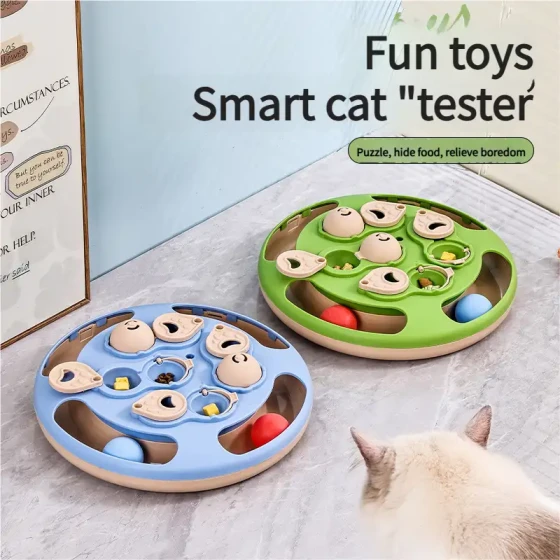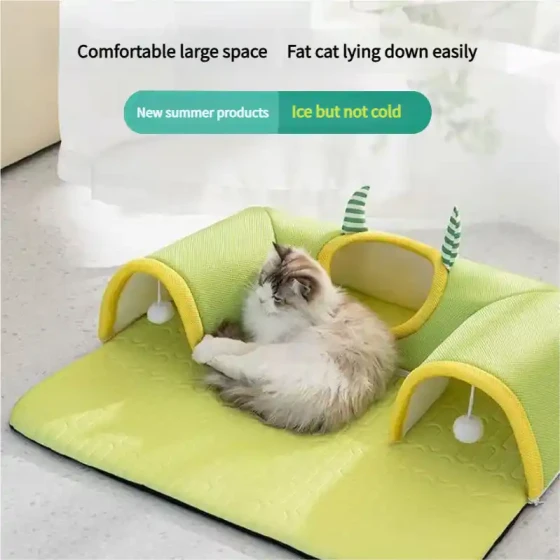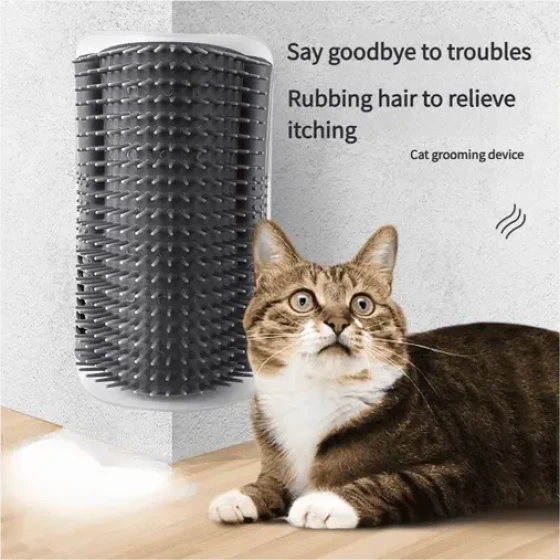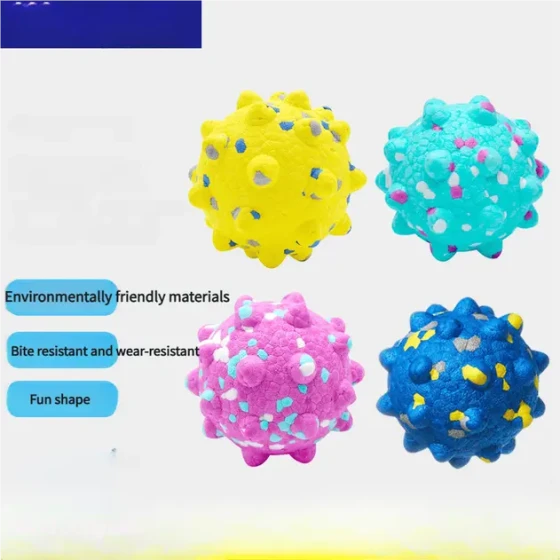How Long Can Pet Cats Live_Having a Complete Analysis of Factors Affecting the Lifespan of Domestic Cats
The Average Lifespan of Domestic Cats and the “Cat Life” Philosophy
The average lifespan of domestic cats is usually between 12 and 18 years, but with careful care and scientific management, many cats can live to 20 years or even longer, making their "cat life" trajectory far surpass their peers, becoming the "old longevity star" of the family. Many factors affect a cat's lifespan, from genetic inheritance to daily care, and every step is crucial, jointly determining how long they can accompany us.
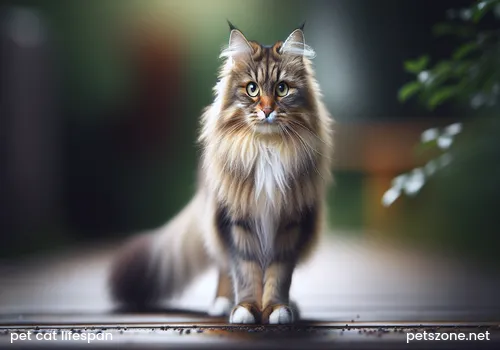
When we talk about a cat's lifespan, it is much like discussing human life expectancy; it is an average value. For pet cats living in human families, their average lifespan is significantly higher than those stray counterparts. Generally speaking, domestic cats live around 12 to 18 years. However, this is just a reference; if they have a responsible and attentive "pooper scooper" and receive high-quality care, living to 20, 22, or even records showing cats living past 30 years old (equivalent to a human over 140 years old) are not fantasies. In contrast, stray or feral cats face harsh living conditions, often dealing with hunger, disease, traffic accidents, and predators; their average lifespan is often only 2 to 5 years. This clearly demonstrates the huge impact human care has on feline longevity. Regarding the conversion between cat years and human years, there are many versions circulating, but the most common is: a cat's first year equals 15 human years, the second year equals 24 human years, and each year thereafter adds 4 human years. For example, a 10-year-old cat is roughly equivalent to a 56-year-old human based on this calculation. This is only an interesting reference intended to help us better understand the cat's growth rate and life stages.
Key Factors Affecting Cat Lifespan: A "Longevity Guide"
If you want your cat to accompany you longer, it is crucial to deeply understand the key factors influencing their lifespan and actively take measures. This is like a tailor-made "longevity guide" for cats.
1. Genetics and Breed: Natural Beauty and Genetic "Traps"
Like humans, a cat's genes greatly determine its constitution and potential lifespan. Some purebred cats may carry specific genetic disease genes due to inbreeding, such as cardiomyopathy (common in Maine Coon and Ragdoll cats), polycystic kidney disease (common in Persian and British Shorthair cats), etc. These diseases, if not addressed in time, will significantly shorten their lifespan.
However, mixed-breed cats have a more diverse gene pool and may have stronger hybrid vigor, better immunity, and relatively lower risk of genetic diseases. Therefore, they are often considered more robust. So, when choosing a cat, learning about its family medical history or selecting a cat from a healthy background is the first step in the "longevity guide."
2. Scientific Feeding and Nutrition: Health on the Tip of the Tongue
"Food is the primary need of the people," and even more so for cats. High-quality cat food is the foundation of their health. Good cat food should mainly consist of meat, providing sufficient protein, fat, vitamins, and minerals, while avoiding excessive grains and artificial additives.
Controlling weight is key: Obesity is the root of many diseases, including diabetes, arthritis, and heart disease. Overweight cats not only move uncomfortably but also significantly shorten their lifespan. According to vets, feeding at fixed times and quantities, avoiding "buffet" style feeding, and adjusting food intake based on the cat’s age, weight, and activity level is an effective way to maintain a healthy body shape. Our goal is not a "food-only cat" but a "healthy cat."
Adequate water intake: Cats naturally have low water needs, but prolonged insufficient drinking can lead to urinary system problems like stones and kidney diseases. Encouraging cats to drink more water by providing flowing water fountains, multiple water bowls, or wet food feeding is a good approach.
3. Regular Health Checks, Vaccinations, and Deworming: Prevention is Better Than Cure
"Prevention is better than cure" is the core concept of pet health management.
Vaccinations: The feline triple vaccine (preventing panleukopenia, calicivirus, and rhinotracheitis) and rabies vaccine are essential "protective charms" in a cat’s early and subsequent yearly life. These vaccines effectively prevent fatal contagious diseases and avoid small colds turning into serious troubles.
Internal and external deworming: Regular internal and external parasite control effectively removes parasites, preventing malnutrition, anemia, digestive problems, and even zoonoses. Internal deworming is usually suggested every three months, external deworming monthly, with the frequency adjusted based on the cat’s living environment and vet recommendations.
Annual physical examination: Even if your cat looks lively, an annual health exam is a must. Like human yearly check-ups, it helps vets detect early-stage diseases for timely intervention and prevent minor diseases from worsening. Especially for cats over seven years old, twice-yearly check-ups focusing on kidney, heart, thyroid functions are recommended.
4. Living Environment and Safety: Creating a “Worry-Free Cat Home”
Advantages of indoor living: Indoor cats live significantly longer than outdoor cats. Indoor environments effectively avoid dangers like traffic accidents, fights with stray animals, contracting diseases, exposure to toxins, and extreme weather.
Providing rich environmental stimulation: Even indoor cats need ample activity space and mental stimulation. Cat trees, scratching posts, and perches with outside views help cats stay active. Furthermore, engaging them with a variety of fun and interactive cat toys not only helps cats expend energy, but is also crucial for reducing boredom- and stress-induced behavioral problems like inappropriate urination and furniture destruction.
Safe and non-toxic environment: Ensure the home has no plants harmful to cats (such as lilies), medications, cleaning agents, etc. Many commonly used human medicines are highly toxic to cats. A clean, hygienic space is another cornerstone of a 'worry-free cat home.' Choosing an appropriate cat litter box and maintaining its cleanliness is fundamental to preventing urinary system diseases and keeping the home environment fresh.
5. Spaying and Neutering: The “Small Surgery” Beneficial to Cat Life
Neutering has a positive effect on cat lifespan.
For female cats: Spaying significantly lowers the risk of mammary tumors and pyometra. Pyometra is a deadly disease, and mammary tumors are often highly malignant in cats.
For male cats: Neutering reduces the incidence of testicular tumors and prostate diseases and greatly decreases the risks of roaming, fighting injuries, and infectious diseases (such as FIV, feline leukemia).
Moreover, neutered cats tend to have more stable personalities, focus more on interacting with owners, and reduce physiological and psychological stress caused by heat cycles.
6. Psychological Health and Emotional Support: "Love" is the Best Medicine
Although cats are often viewed as independent, they still need emotional connection and companionship. Long-term loneliness, stress, or lack of interaction can lead to anxiety, depression, and other psychological issues, affecting appetite, immunity, and causing behavioral and physical problems.
Spending time every day playing with your cat, petting it, and using proper cat grooming & bathing supplies to brush their fur not only keeps them clean and healthy but is also a powerful form of interaction that enhances the human-cat bond and alleviates stress. This helps them maintain a positive “cat life attitude.” Love and attention from the owner are the "invisible secret formula" for a cat’s longevity.
7. Disease Prevention and Early Treatment: Careful Observation and Timely Medical Visits
As cats age, they face challenges similar to humans, such as:
Kidney disease: Common in elderly cats, with subtle early symptoms.
Heart disease: Signs may include rapid breathing, loss of appetite, lethargy.
Diabetes: Excessive drinking and urination, weight loss.
Hyperthyroidism: Increased appetite but weight loss.
Arthritis: Changed walking posture, reluctance to jump.
Oral diseases: Dental calculus, gingivitis affecting eating.
As "pooper scoopers," we must closely monitor changes in our cat’s behavior, appetite, water intake, and excretion. If abnormalities such as depression, reduced appetite, vomiting, diarrhea, shortness of breath, or difficulty urinating occur, do not hesitate to take the cat to a professional veterinary hospital promptly. Early detection, early diagnosis, and early treatment are keys to controlling disease and prolonging the cat’s life. After all, the earlier the intervention, the higher the chances of cure or control, and the less suffering for the cat.
How to Help Your Cat Live a Longer "Cat Life"? Practice the “Longevity Guide”
In summary, helping your cat live a long and happy "cat life" requires persistent effort and love from their "pooper scooper." It is not just providing food and shelter but a responsibility and commitment.
Choose a healthy start: Understand the origin and breed characteristics of the cat, and select healthy cats with good genes.
Daily "eat well and drink well": Provide high-quality cat food and adequate clean drinking water, strictly control weight, and avoid obesity.
"Vaccinate, deworm, and do regular physicals": Follow veterinary advice strictly, vaccinate and deworm on schedule, and do comprehensive yearly check-ups, especially for senior cats.
"Safe house" and "gym": Provide a safe, clean, and interesting indoor environment for cats, avoid outdoor risks, and offer sufficient play and activity space.
"Spay/neuter for safety": Perform neutering at the appropriate age to eliminate reproductive health risks and reduce behavioral risks.
"Love and companionship": Spend time daily to interact with your cat, provide emotional support, and care about their mental health to make them feel loved and safe.
"Sharp eyes" and "miracle vet": Closely observe subtle changes in your cat and do not hesitate to seek professional veterinary help when abnormalities arise.
By following these points, your little cat is very likely to become a “cat longevity star,” accompanying you through many wonderful springs, summers, autumns, and winters.
Frequently Asked Questions
Q1: How long do stray cats usually live?
A1: Due to harsh living conditions and threats such as hunger, disease, traffic accidents, and predators, stray cats typically only live 2 to 5 years, far shorter than domestic cats.
Q2: At what age is a cat considered a senior?
A2: Generally, cats are considered to enter their senior stage after 7 years. Their physical functions decline gradually, making them more prone to age-related diseases.
Q3: What impact does neutering have on a cat’s lifespan?
A3: Neutering positively impacts a cat’s lifespan by effectively reducing mammary tumors and pyometra in females and lowering risks of fighting, roaming, and testicular diseases in males, thereby extending life.
Q4: Is there a big difference in lifespan between indoor and outdoor cats?
A4: Yes, there is a significant difference. Indoor cats are protected and cared for by humans, avoiding traffic accidents, fights, and diseases, resulting in a much longer average lifespan than outdoor cats.
Q5: What if a cat dislikes drinking water?
A5: Various methods can encourage water intake, such as providing flowing water fountains, multiple water bowls, fresh water daily, feeding wet food, or adding a small amount of unsalted chicken broth to water to increase appeal.
Q6: How often should cats have a physical check-up?
A6: Adult cats are recommended to have a comprehensive health check once a year. For senior cats over 7 years old, twice yearly check-ups are recommended for earlier detection and intervention of potential health issues.
References
-
International Society of Feline Medicine (ISFM) guidelines on cat health and care.
-
American Veterinary Medical Association (AVMA) pet health information.
-
Professional pet care books such as "The Cat Health Bible" (English original or Chinese translation).
-
Popular science articles from veterinary colleges like Cornell University and University of California, Davis.
-
Popular science articles from renowned domestic pet hospitals and veterinary experts.
-
World Animal Protection (WSPA) materials on stray animal rescue and management.
